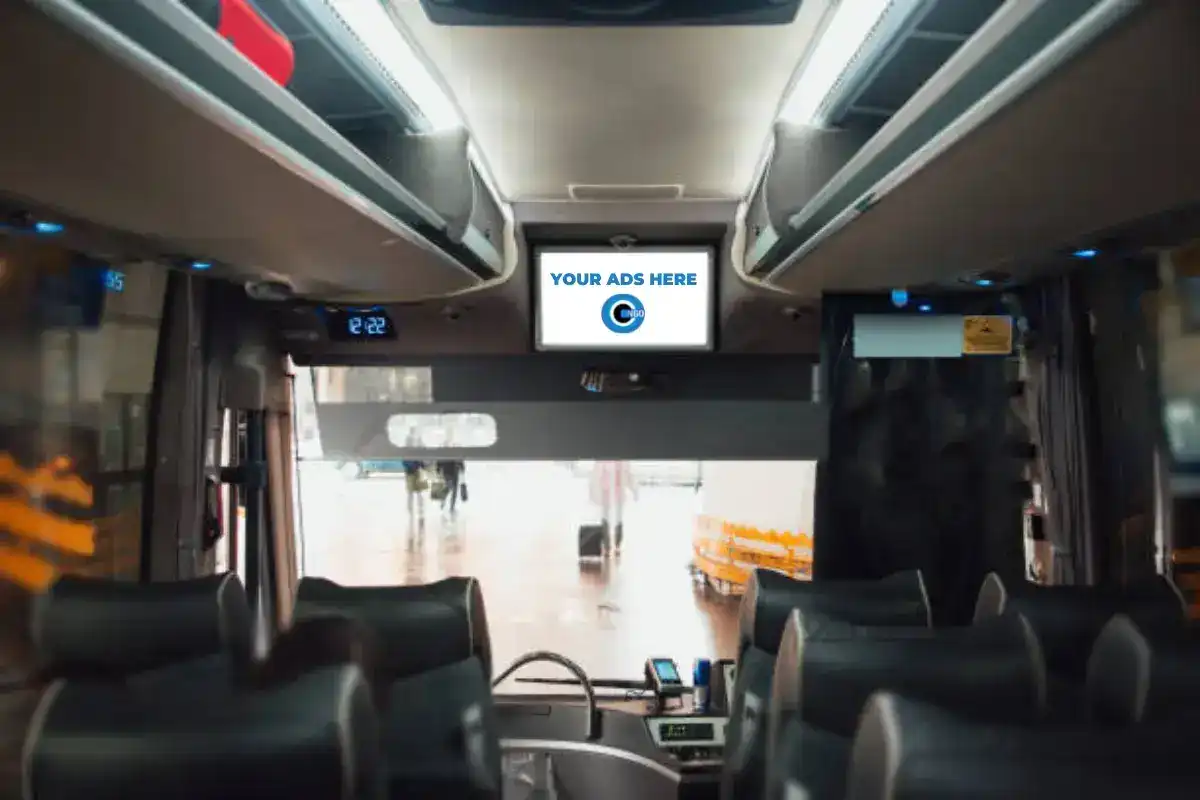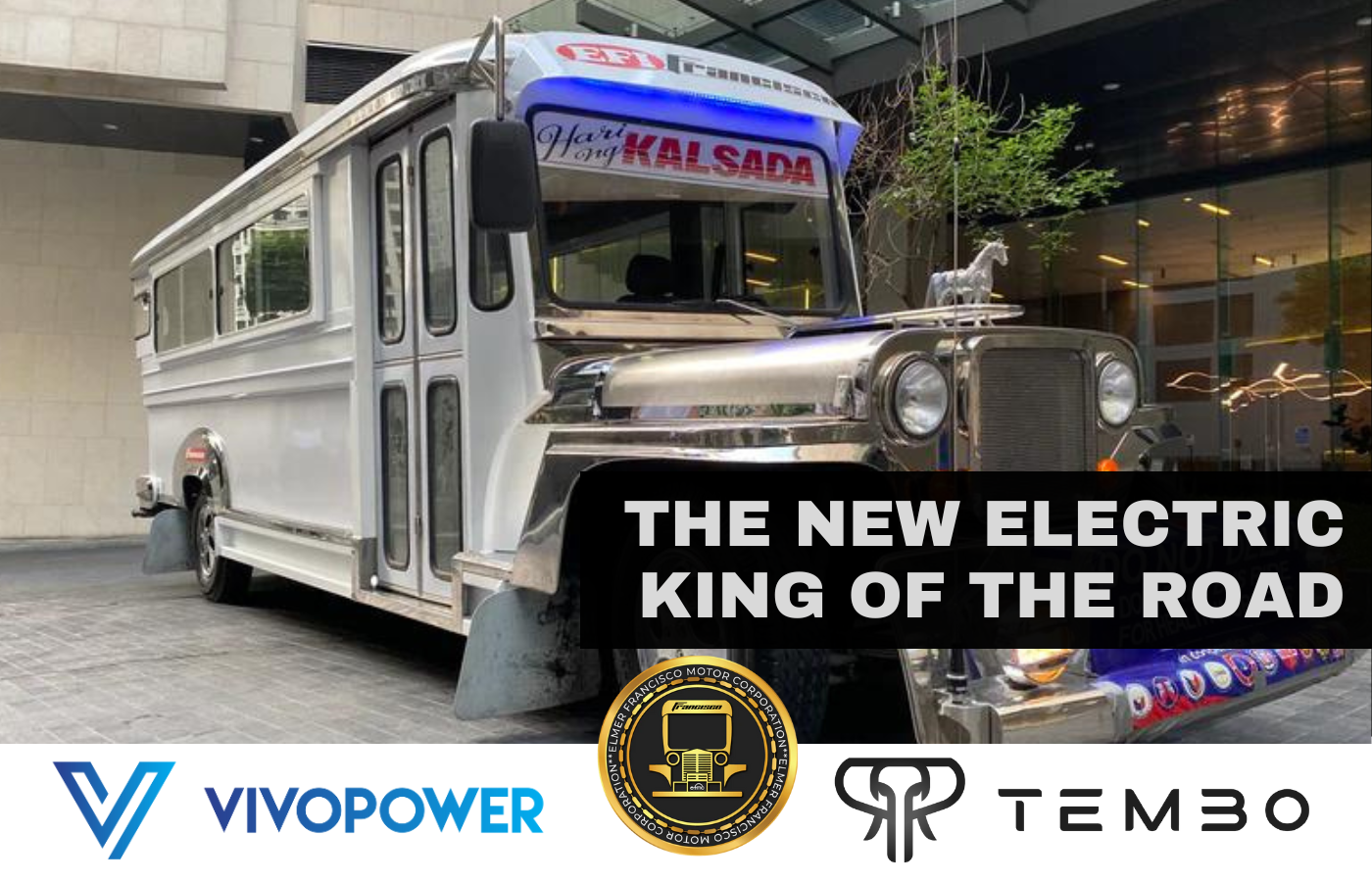Cost Effective Transit Advertising Philippines for Brand Awareness
Cost Effective Transit Advertising Philippines for Brand Awareness
Blog Article
Comprehending the Role of Transit Advertising And Marketing in Enhancing Brand Presence and Consumer Interaction
Transportation advertising has become an essential element in the marketing landscape, offering one-of-a-kind chances for brand names to raise their presence and involve consumers successfully. With the capacity to get to a diverse and captive target market during their everyday commutes, these marketing strategies are not simply concerning visibility; they have to do with creating significant links with potential clients. As we discover the diverse advantages and cutting-edge methods within transit marketing, it becomes necessary to think about exactly how these components jointly affect customer perception and behavior, increasing inquiries concerning their long-term effect on brand commitment.
Interpretation of Transportation Advertising
Transit advertising refers to the method of advertising products, services, or brands via promotions put around mass transit systems. This kind of advertising incorporates a selection of positionings, consisting of posters on trains and buses, electronic displays at transportation terminals, and covers on the exterior of automobiles. It aims to get to a varied target market, taking advantage of the high foot traffic related to public transit.
Transit advertising is purposefully positioned to record the focus of commuters, that commonly spend considerable time traveling or waiting. By incorporating advertisements right into the everyday regimens of individuals, brand names can produce a lasting perception and foster brand recognition. The tool is especially reliable in metropolitan settings, where public transport is a primary setting of traveling.
Furthermore, transportation marketing can help with local targeting, enabling businesses to get to specific demographics based upon transit paths and terminal places. As urban populaces expand and using public transport rises, this advertising method has obtained importance as a crucial part of integrated advertising and marketing methods. The vibrant nature of transit advertising and marketing, combined with its capability to involve consumers in a captive atmosphere, emphasizes its value in contemporary marketing methods.
Advantages of Transportation Advertising
The effectiveness of transit marketing hinges on its ability to provide a multitude of benefits to brands looking for to boost presence and involvement. One of the primary advantages is the comprehensive reach it supplies; transportation advertisements can effectively target diverse demographics across metropolitan locations, reaching both commuters and pedestrians alike. This broad direct exposure significantly increases brand understanding.
One more advantage is the high frequency of impressions. As transit cars travel along well established courses and quit at numerous locations, they create repetitive exposure that strengthens brand messages. This regularity fosters familiarity, which is essential in consumer decision-making.
Transportation advertising and marketing is additionally cost-efficient contrasted to other media systems. Offered its extensive reach and capacity for high impressions, brand names commonly experience a lower cost per thousand impacts (CPM), optimizing their marketing budget.
Moreover, transportation advertisements can produce a sense of community link. By straightening with regional transportation systems, brands can resonate with regional target markets and promote a sense of local satisfaction. This localized approach boosts brand name loyalty and engagement, making transit advertising an engaging choice for organizations intending to solidify their existence in the marketplace.

Efficient Methods for Transit Campaigns
To optimize the effect of transit campaigns, brands should utilize calculated planning and implementation customized to their target market. Initially, determining the try this web-site group characteristics of the audience utilizing public transit is critical. This allows brands to develop customized messaging that reverberates with potential clients.
Following, selecting the ideal transportation mediums is crucial. Whether utilizing bus covers, subway posters, or electronic screens, each medium has unique benefits that can enhance exposure. For example, lively visuals on bus wraps can bring in interest, while electronic ads can be updated often to reflect timely promos.
Furthermore, integrating a natural branding strategy across transportation platforms guarantees uniformity and reinforces the brand's identity. Using appealing layouts and memorable taglines will strengthen brand recall amongst travelers.
By using these strategies, brands can successfully harness the capacity of transportation advertising, cultivating greater understanding and link with their target audience. Inevitably, a well-executed transit campaign can drive significant development in brand name presence and customer interaction.

Measuring Impact and Engagement
In assessing the effectiveness of transit advertising campaigns, exact dimension of influence and engagement is necessary for brands seeking to enhance their advertising and marketing approaches. Metrics such as reach, frequency, and impressions provide fundamental data to examine visibility. Assessing these elements aids identify the amount of possible clients are revealed to the ads throughout their daily commutes.
Involvement can be further determined through customer interactions, such as web site web traffic, social networks mentions, and straight responses to calls-to-action featured in the advertisements. Utilizing devices like QR codes or unique URLs can promote tracking of customer behavior directly connected to transit projects. Studies and feedback devices also act as beneficial techniques to collect qualitative information on consumer understandings and recall of the promotion.
Moreover, advanced analytics and acknowledgment versions can associate transit exposure with succeeding buying behavior, offering insights into the roi. By using a comprehensive method that integrates measurable and qualitative actions, brand names can create a nuanced understanding of their transportation advertising impact. Ultimately, this data-driven technique allows brands to refine their campaigns, ensuring they resonate effectively with target audiences and enhance overall brand visibility.
Case Studies of Successful Projects
Effective transportation advertising and marketing projects act as compelling examples of how effective strategies can raise brand visibility and engagement. Transit Advertising Philippines. One remarkable instance is the "I Love New york city" campaign, which changed the city's photo and try these out drew in millions of tourists. By making use of train ads, signboards, and bus wraps, the campaign developed a solid, cohesive brand name identification, resulting in visit this website a significant uptick in tourist and regional company patronage
Another excellent campaign is Coca-Cola's "Share a Coke" initiative, which leveraged transportation marketing to customize the brand experience. By featuring prominent names on advertising materials throughout different transit systems, Coca-Cola cultivated a deeper psychological link with customers, urging them to share their experiences on social networks.
Additionally, the "Got Milk?" project efficiently made use of public transport ads to get to a broad audience, enhancing the message of the value of milk in a balanced diet plan. The campaign saw a measurable rise in milk usage in target demographics.
These instance research studies highlight that when carried out attentively, transit advertising and marketing can dramatically improve brand name visibility, foster customer interaction, and drive quantifiable results, showing its vital duty in modern advertising strategies. - Transit Advertising Philippines
Final Thought
In conclusion, transportation advertising and marketing works as an essential tool for improving brand name visibility and promoting consumer interaction. By making use of purposefully put promotions within public transport systems, brand names can properly reach diverse audiences and strengthen recognition with regular direct exposure. The implementation of targeted messaging and ingenious methods better intensifies the impact of transit campaigns. Eventually, the capability to determine interaction and assess effective study emphasizes the effectiveness of transit advertising in driving brand commitment and customer communications.
Transportation advertising has emerged as a pivotal component in the advertising and marketing landscape, using distinct opportunities for brand names to raise their exposure and involve consumers effectively.In addition, transit marketing can promote localized targeting, allowing businesses to reach details demographics based on transportation courses and station areas.In assessing the effectiveness of transportation marketing projects, precise measurement of effect and engagement is essential for brand names seeking to maximize their marketing approaches.Successful transportation advertising projects serve as engaging instances of exactly how reliable methods can boost brand presence and engagement.In verdict, transit advertising and marketing serves as a crucial tool for improving brand name exposure and promoting consumer involvement.
Report this page